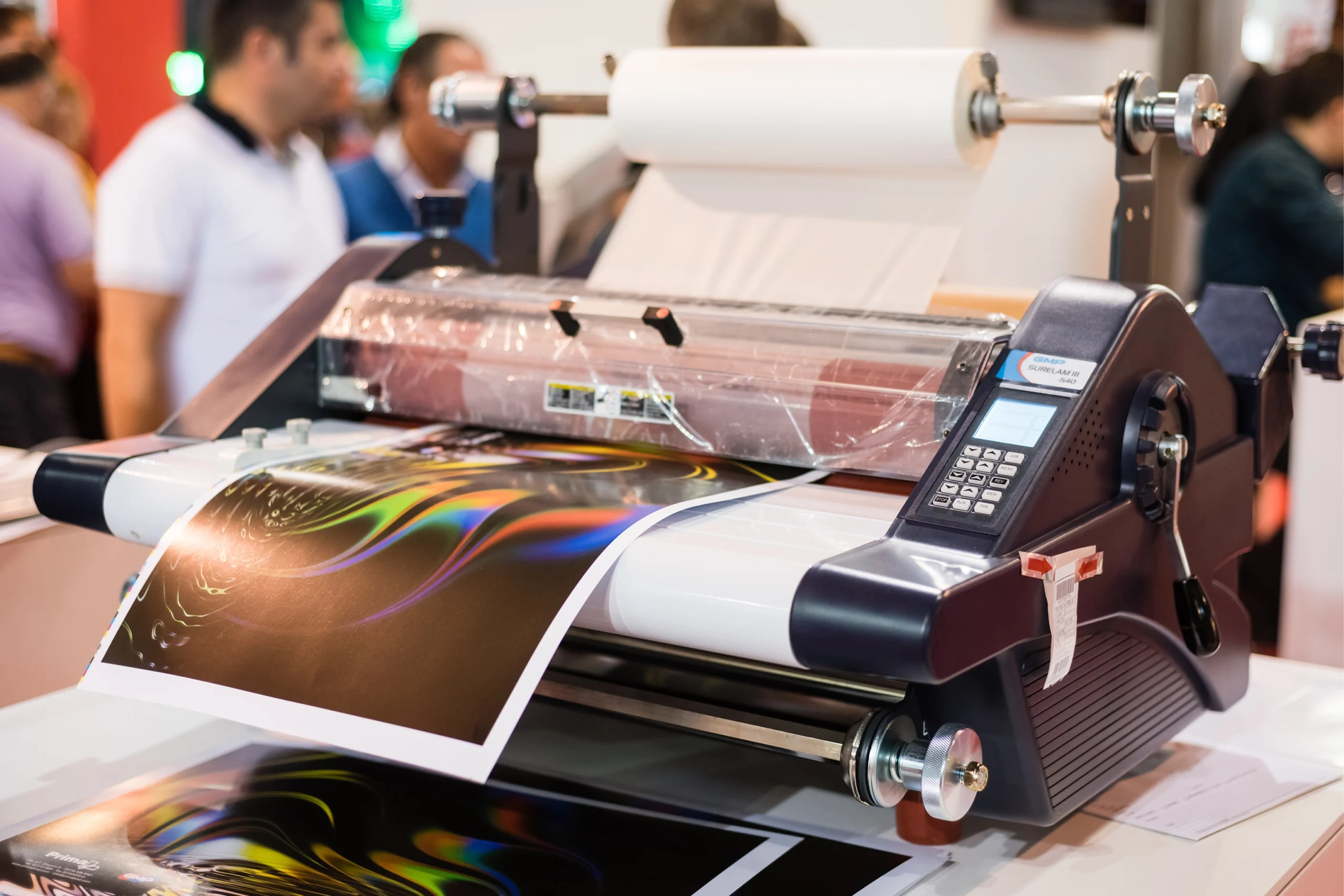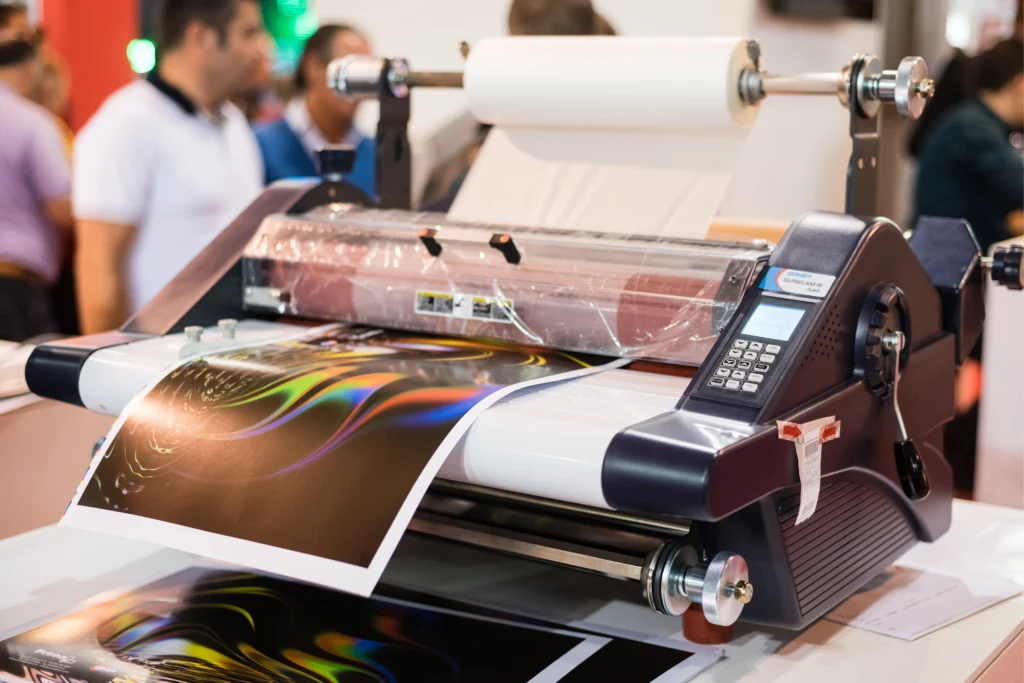The printing press, as we know it today, has come a long way in the evolution cycle. Before the invention of the first print press by Johannes Gutenberg, a blacksmith from Germany, people used to write on scribes. The print press discovered by Gutenberg encompassed a wooden press with screws.
The first ever publication made using Gutenberg’s press was the Bible in the mid-15th century. Since then, the printing press has seen many improvements, with the main one coming in the 19th century when steam was used to run the press.
This led to the mass production of publications with a lot of ease. The present day relies on digital print press for mass production of publications.
Understanding how a print press works is critical to appreciate the efforts put into the piece of publication you or your clients and customers enjoy reading. It will also help you choose the right printing company for all your print media needs.
Press Preparation
The process begins with the preparation of templates, from which a publication is made. To make this, a graphic designer uses computer software to imprint color schemes, images and text on the print templates. It is at this stage that a client or customer’s design vision is brought to life. The process relies on a highly skilled designer as one small mistake could compromise the whole process and ruin the final print product.
Plate Aligning
Once the designer is satisfied that whatever is on the print templates is the actual customer demand, they then load them onto the press. They are loaded in order of the five-color ink setup, CMYK, namely cyan, magenta, yellow, and key/black. Just like with the first preparation stage, they have to observe maximum caution to prevent the slightest scratches on the templates. Even the smallest scratch will be visible on the final product, and this means the mass product will be a waste. The process also involves realigning the plates and calibrating the press to avoid messing the final publication.
Ink Application
The next step involves the application of ink to the templates prepared in the previous steps. With the offset printing press machine, ink from a central reservoir is supplied to the templates through a system of pipes. Once ink pipes are opened, ink is applied to the templates that press between the rubber blankets. Previous printing machines relied on inks that were oil-based. The current digital press relies on very environmentally friendly vegetable oil inks.
Printing Process
The printing process begins with loading the paper beam on the printing press. The print press has systems that blow air and suck the papers to separate them from the beam. Upon being separated from the beam, individual papers are picked up by grippers that pass it on to the press where the rubber blanket transfers the text from the template onto the paper. The gripping system further pushes the printed paper to the delivery area. At this point, the paper is still wet and if stacked on top of each other, the text, image and color on the paper may be distorted. To prevent this, a thin layer of anti-slip powder is sprinkled on the wet paper to allow drying time before it is stacked on top of others.
Finishing
Once printed and stacked on the delivery system, the printed papers are separated from the beam and aligned for trimming if need be. It is also at this point that stitching and binding are done to bring it to the customer demand standards or make the desired publication like books and magazines.
Quality Control
Throughout the entire process, the press operator picks sample papers from the system to check for any mistakes that may have occurred in the previous stages. Correction of such mistakes involves realigning the templates and paper beams and calibration of the system.
Packaging
The packaging stage signals the end of the printing press process. It is where the final publication is prepared for shipping to customer destinations or collection centers from where it is distributed. The type of publication produced advises the type of packaging.
There you have it; the systematic printing press process. Now you know the amount of effort that we dedicate to giving you quality print media. However, the delivery of high-quality print media relies heavily on the level of craftsmanship that is put into the work. This is why you should choose only the highly experienced printing company for your printing needs.


